There is no doubt that the historic center of Rome, UNESCO site since 1980, is a complex of structures and buildings of inestimable value.
If you walk inside the city center walls of Rome you will be able to cover more than three millennia of history.
A journey through time, from the monuments of the Roman civilization, through the urban projects of the Renaissance and Baroque eras, up to modern times.
It's an incomparable stratification of centuries of history, where the sacred and the profane cohabit and coexist between religious buildings and structures for civil use that altogether create the stunning heritage of the historic center of Rome, UNESCO site since 1980.
Most of the complex of structures and constructions that make up the historic center of Rome are included in the offer of one of the city's most famous tourist passes, the Visit Rome Pass, which provides you with access to over 50 attractions with free entry or significant discounts.
More info about the Visit Rome Pass
The historic centre of Rome is one of the 6 UNESCO sites of the Latium region
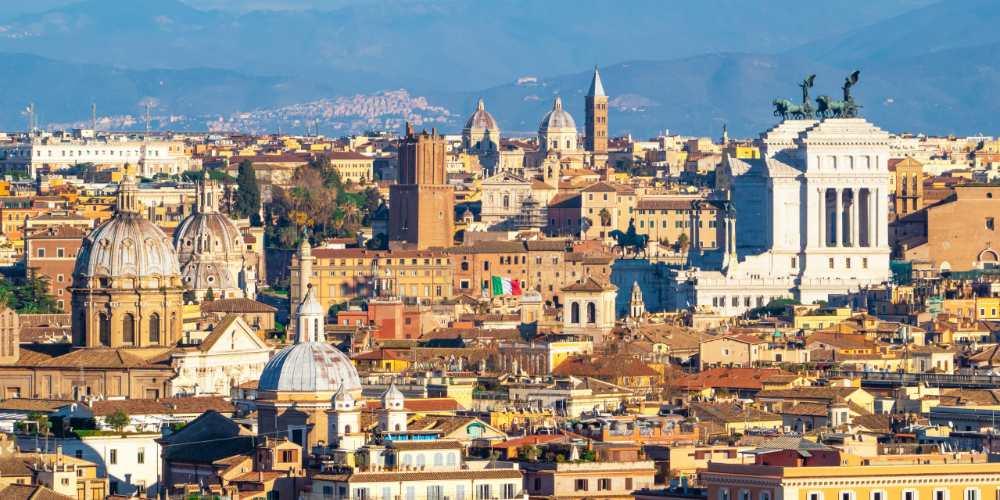
Here as follows, the 6 current sites of Latium recognised on the World Heritage List:
• The Historic Center of Rome (UNESCO since 1980), the Properties of the Holy See in that City Enjoying Extraterritorial Rights and St Paul Outside the Walls (then included in 1990);
• Villa Adriana (Tivoli) included in 1998;
• Villa D'Este (Tivoli) included in 2001;
• Etruscan Necropolises of Cerveteri (also known as Banditaccia) and Tarquinia (also known as Monterozzi) included in 2004;
• Machine of Santa Rosa (Viterbo) included in 2013 as part of the Intangible Cultural Heritage of Humanity;
• Monte Raschio beech forest (located at Oriolo Romano, inside the Regional Natural Park of Bracciano and Martignano) and Monte Cimino beech forest in Soriano del Cimino, both part of the Ancient and Primeval Beech Forests of the Carpathians and Other Regions of Europe included in the list in 2017.
Let's begin our journey among the attractions of the city center of Rome!
The historic centre of Rome as UNESCO World Heritage Site
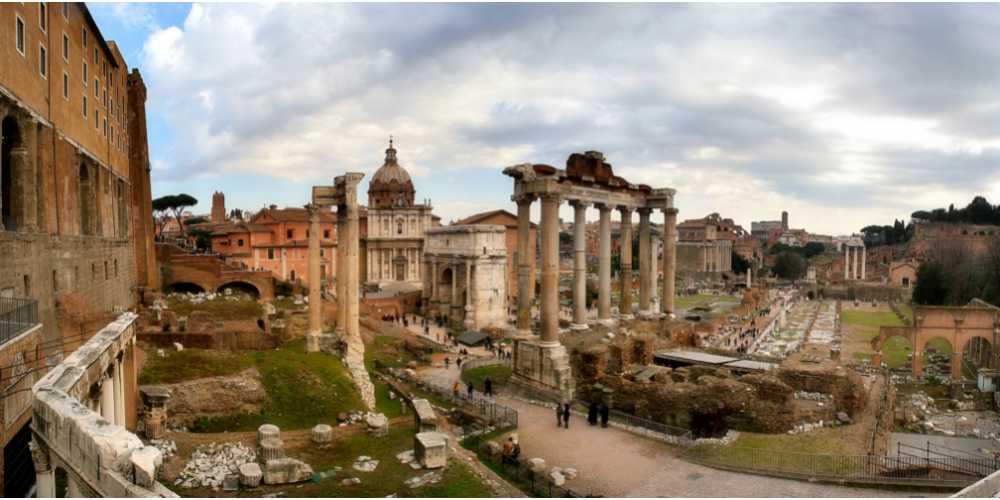
The historic center of Rome was inscribed on the UNESCO list in 1980 during the work of the 4th session of the Commission in Paris, and was recognized as a World Heritage Site due to the following criteria:
• criterion I: the property includes a series of testimonies of incomparable artistic value produced over almost three millennia of history;
• criterion II: over the centuries, the works of art found in Rome have had a decisive influence on the development of urban planning, architecture, technology and the arts throughout the world;
• criterion III: the value of the archaeological sites, the center of the civilization, is universally recognized;
• criterion IV: the historic center of Rome as a whole, as well as its buildings, testifies to the uninterrupted sequence of three millennia of history;
• criterion V: for more than two thousand years, Rome has been both a secular and religious capital, being the basis of Western Culture.
Subsequently, in 1990, upon request of the Holy See, the Site was finally extended to the Properties of the Holy See in that City Enjoying Extraterritorial Rights and to the St. Paul Outside the Walls.
Itinerary through the city center of Rome, UNESCO Heritage site
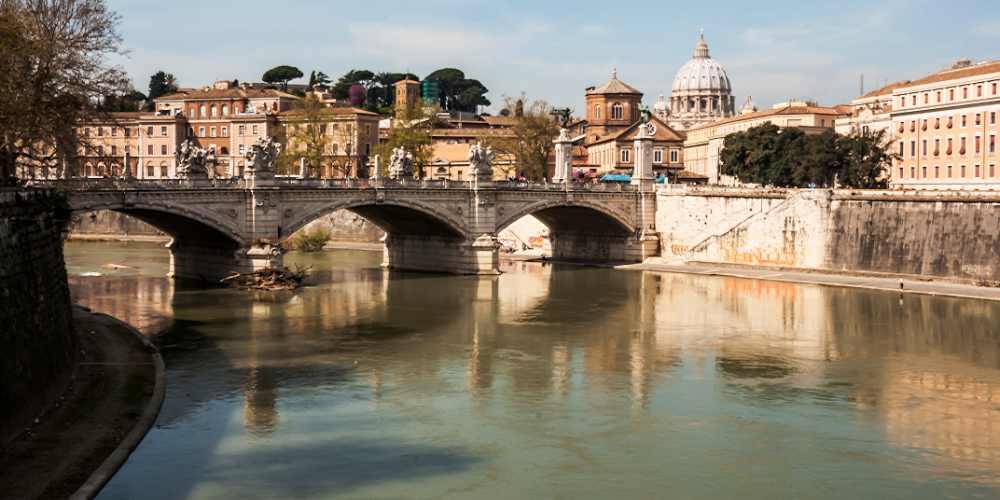
Covering a total of 5,672 square miles (of which about 0.15 sq. miles for the Holy See), the historic center of Rome covers all the 22 Rioni or districts (with the exception of a portion of the Borgo and Prati districts).
It is not easy to establish a criterion according to which describing these wonders could be possible: listing the monuments chronologically according to when they were built, by type of use (religious or civil) or even district by district.
We will carry out a more practical excursus of the city center of Rome, exploring district by district. Even though it is not possible to pay proper justice to its inestimable heritage and value, we can at least give a rough idea to understand the importance of the site itself.
The Rioni Monti, Trevi, Colonna and Campo Marzio
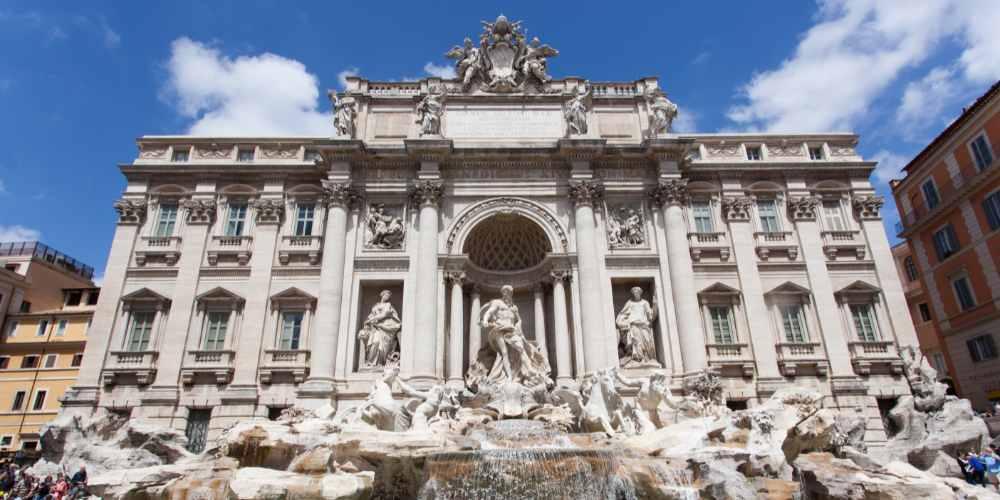
Starting from Rione Monti, in the historic center of Rome we can find: the Forum of Caesar, the Forum of Augustus, the Forum of Nerva, the Forum of Trajan, the Domus Aurea, the Complex of Santa Maria Maggiore (Basilica and annexed buildings), the Baths of Trajan, the Tower of the Militia, Piazza San Giovanni with the Lateran Obelisk Fountain, the Basilica of San Giovanni in Laterano, the Apostolic Palace, annexed buildings and the Complex of the Scala Sancta.
Then, there is also Trevi with its famous Trevi Fountain, the Triton Fountain, Barberini Palace and the Quirinal Palace.
In Colonna district, whose name comes from the famous Marcus Aurelius coloumn, there are Piazza della Rotonda, Montecitorio Palace, Chigi Palace and the Palace of the Propagation of the Faith.
The district dedicated to the god Mars, Campo Marzio, is home to the Spanish Steps, Piazza del Popolo, the Fountain of the Port of Ripetta, the famous Trident -consisting of Via del Corso, Via di Ripetta and Via del Babuino- and the Ara Pacis.
The Rioni Ponte, Parione, Regola and S. Eustachio
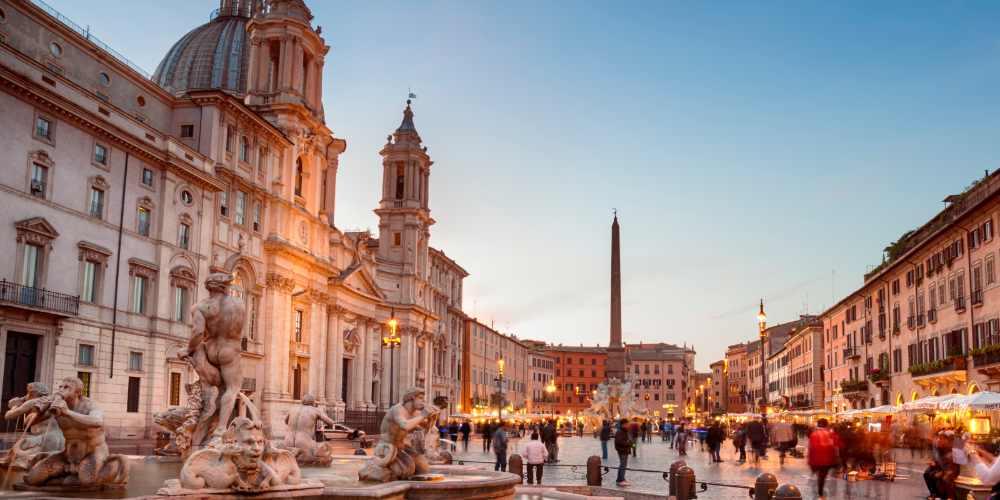
Continuing our walking tour of the historic center of Rome, UNESCO Heritage, we'll find Ponte district, which houses Piazza dei Coronari, Palazzo Taverna and Palazzo Alberini.
Piazza Navona, Piazza della Chiesa Nuova, the Theatre of Pompey, the Palace of the Chancellery and Palazzo Pio (otherwise known as Palazzo Orsini Pio Righetti) are located in Rione Parione.
In the area called Regola, we find Campo de' Fiori, Piazza Farnese, the Spada Gallery, Palazzo Farnese and Palazzo Falconieri.
From the Church of S. Eustachio, the district of the same name holds Piazza S. Agostino, Palazzo Madama, Palazzo Vidoni Caffarelli and Largo di Torre Argentina.
The Rioni Pigna, Campitelli, S. Angelo and Ripa
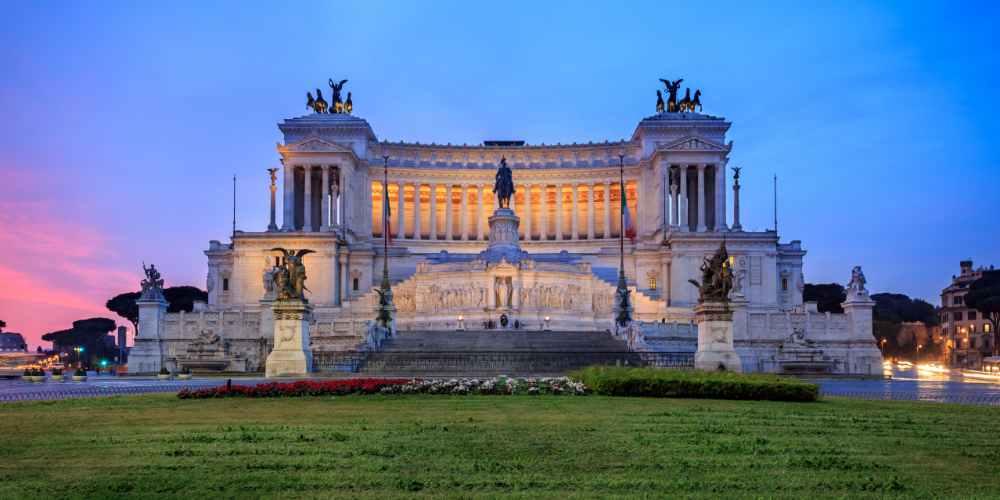
In Rione Pigna, we can admire the Pantheon, Venice Square, the Vittoriano Complex and Palazzo Maffei.
Walking through Rione Campitelli, we come across the Campidoglio square, the Roman Forum, the Capitoline Museums, the Mamertine Prison, the House of the Vestal Virgins and the Ara Coeli Insula.
In S. Angelo, we find Piazza dei Calcarari, the Jewish Ghetto, the Theatre of Marcellus, the Turtle Fountain and the Portico of Octavia.
In the area called Ripa, there are the Piazza della Bocca della Verità, Porta San Sebastiano, the area of Sant'Omobono and the Forum Holitorium.
The Rioni Trastevere, Borgo and Esquilino
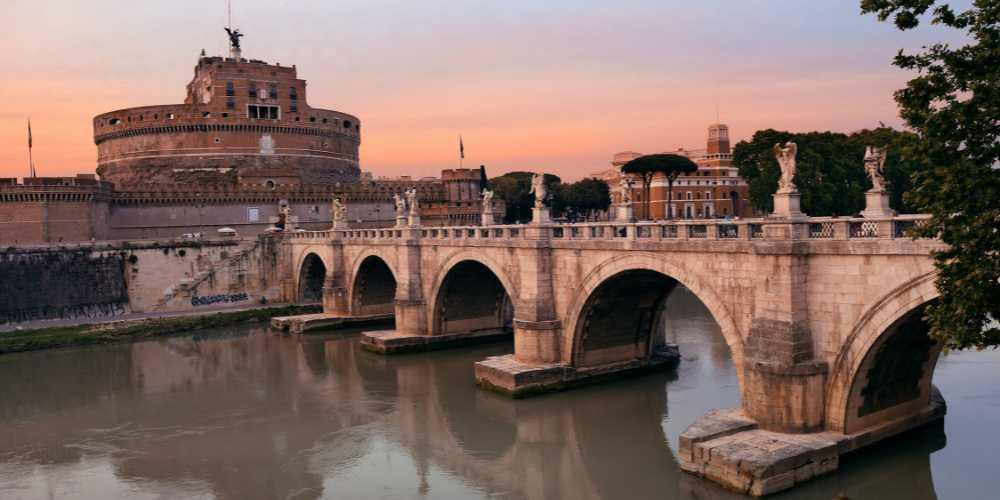
Trastevere is the district of the historic center of Rome that includes the Acqua Paola Fountain, the Piazza Mastai and the Ponte Sisto Fountains, the House of the Farnesina, Piazza of Santa Maria in Trastevere with the Basilica of Santa Maria, Palazzo di San Callisto, the Basilica of Santa Cecilia and the one of San Crisogono, the Tempietto di San Pietro in Montorio, the Buildings on the Janiculum and the Buildings situated along Via di Sant'Egidio.
Rione Borgo is home to Castel Sant'Angelo, Via della Conciliazione, Palazzo dei Convertendi, Palazzo del Sant'Uffizio and Palazzo dei Propilei.
On the Esquiline, there are Piazza Vittorio Emanuele, Porta Maggiore, the Nymphaeum of Alexander Severus, the Temple of Minerva Medica and, among the religious buildings, the Basilica of Santa Croce in Gerusalemme.
The Rioni Ludovisi, Sallustiano and Castro Pretorio
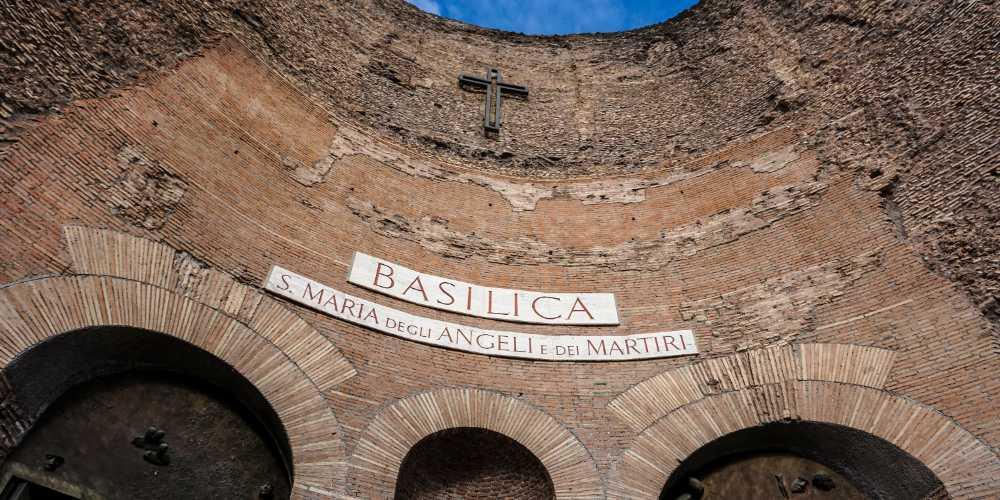
In the historic center of Rome, we have also Ludovisi district with its Porta Pinciana, the Fountain of the Bees and Via Veneto.
The Horti Sallustiani, among the most beautiful gardens of the historic center of Rome, are located in the district named Sallustiano.
In Castro Pretorio we have: the Opera House, the National Roman Museum, Porta Pia, the Fountain of the Naiads, the Acqua Felice Fountain, the Baths of Diocletian, Piazza della Repubblica, the Basilica of Santa Maria degli Angeli e dei Martiri and the Basilica del Sacro Cuore di Gesù.
The Rioni Celio, Testaccio, San Saba and Prati

In the city center of Rome there is also one of the most famous historic districts: in Rione Celio there are the Colosseum, the Arch of Constantine, the remains of the Ludus Magnus and, among the religious buildings, the Basilica of Saints John and Paul and the Basilica of the Santi Quattro Coronati.
A symbol of Romanity, Testaccio district includes the Cestia Pyramid, the Amphora Fountain, the Non-Catholic Cemetery and the remains of the Porticus Aemilia.
San Saba, the district on the Aventine Hil, is home to Piazza Albania, the Baths of Caracalla, the Circus Maximus, the Basilica of San Saba and the Basilica of Santa Balbina all'Aventino.
Finally, the Prati district includes Piazza dei Quiriti, Piazza Cavour, the Museum of the History of the Carabinieri, Piazza della Libertà and Via Germanico.
The second largest Basilica of the capital
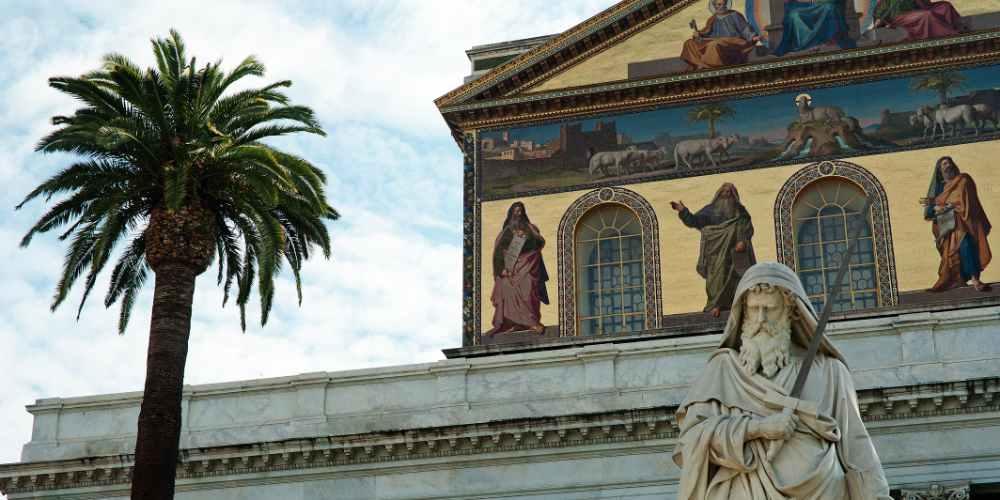
Dulcis in fundo, outside the Roman walls, but inside the city center of Rome, we have Saint Paul Outside the Walls, the second largest basilica after St Peter's in the Vatican.
As you can guess, such a vast area full of riches, treasures and priceless goods deserves to be described more deeply and with greater attention. This is only the beginning of an itinerary that will see the UNESCO sites of the historic center of Rome and the Latium region as authentic protagonists.
Rome is an example of what happens when the monuments of a city last too long.
If you liked this article and the wonders of the historic center of Rome, don't miss the complete guide to Italian UNESCO sites, region by region!
About the author
Written on 07/03/2021

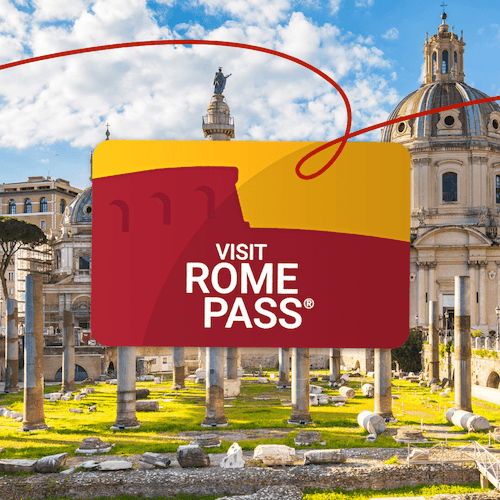
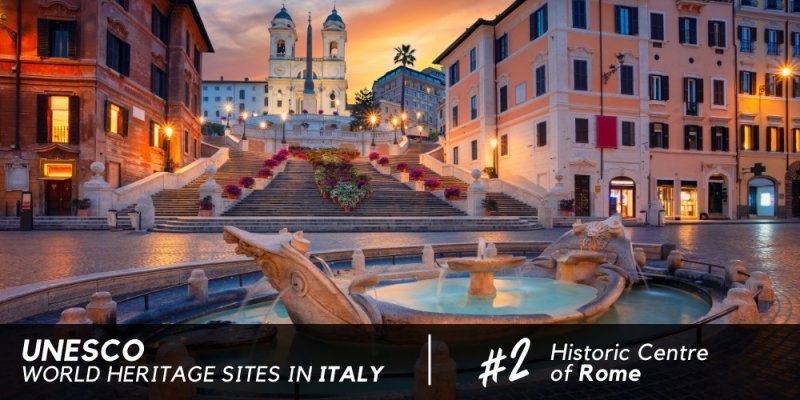

Alessandra Festa
The historic center of Rome is protected by UNESCO: discover the timeless heritage site of the capital of Italy.